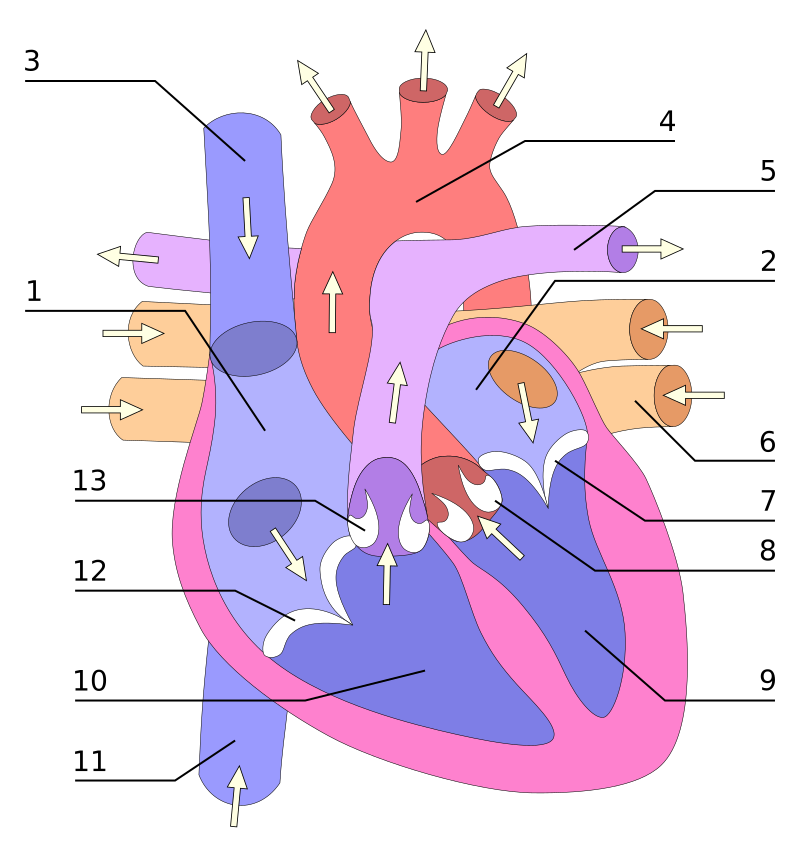Innovative Techniques Expand Heart Transplant Options for Patients

In a significant advancement for transplant medicine, researchers at Duke University and Vanderbilt University have developed groundbreaking methods to enhance the availability of heart transplants for both adults and infants. This research, detailed in a recent publication in the *New England Journal of Medicine*, addresses the critical shortage of transplantable hearts, particularly from donors who have experienced circulatory death (DCD).
Heart transplants traditionally rely on organs from brain-dead donors, but the growing number of patients awaiting transplants necessitates exploring alternative sources. According to the American Heart Association, approximately 700 children in the U.S. are added annually to the heart transplant waiting list, with about 20% dying before receiving a suitable donor heart. In the context of adult patients, the shortage is equally severe, with hundreds of thousands suffering from advanced heart failure but remaining ineligible for transplants due to donor scarcity.
The new techniques pioneered by the Duke and Vanderbilt research teams focus on the recovery of hearts from DCD donors, a practice that has historically faced ethical and technical challenges. DCD occurs when a patient with a severe brain injury is taken off life support, leading to cardiac arrest. This method contrasts with the standard practice involving brain-dead donors, where the heart remains perfused with oxygenated blood until it is removed for transplantation.
Duke's Dr. Joseph Turek and Vanderbilt's Dr. Aaron M. Williams have reported success with their respective methods to retrieve and preserve these hearts. Dr. Turek's approach involves briefly connecting the removed heart to tubes supplying oxygen and blood, allowing surgeons to assess its viability without the use of complex machinery. This method was successfully tested on a pediatric patient, demonstrating that the heart was functioning well within minutes of removal. Dr. Turek stated, "The coronary arteries are filling well, it’s pink, it’s beating," emphasizing the heart's viability for transplantation.
Conversely, Dr. Williams's team at Vanderbilt has simplified the process further by infusing the heart with a nutrient-rich preservative solution before removal, similar to techniques used for brain-dead donors. This method preserves the heart's function during transport and has already resulted in about 25 successful transplants.
The implications of these advancements are profound. As noted by Brendan Parent, Director of Transplant Ethics and Policy Research at NYU Langone Health, "Innovation to find ways to recover organs successfully after circulatory death is essential for reducing the organ shortage." This sentiment is echoed by various experts in the field, who stress the urgent need for more effective recovery techniques, especially for pediatric cases.
Despite the promise shown by these new methods, challenges remain. The ethical considerations surrounding DCD recovery techniques, particularly the controversial normothermic regional perfusion (NRP), continue to evoke debate within the medical community. While some hospitals prohibit this technique due to concerns about artificially restoring circulation, the potential benefits of expanding the donor pool are compelling.
The researchers' efforts represent a critical step towards addressing the dire need for transplantable hearts and could lead to life-saving procedures for countless patients. As they continue to refine these techniques and conduct further studies, the hope is that these methods will become standard practice, significantly increasing the number of viable hearts available for transplantation.
In conclusion, as heart transplant waiting lists grow, the work being done at Duke and Vanderbilt universities could pave the way for a new era in organ transplantation, offering hope to patients and families facing the challenges of heart disease. With continued innovation and support, the future of heart transplants may soon look much brighter.
Advertisement
Tags
Advertisement





